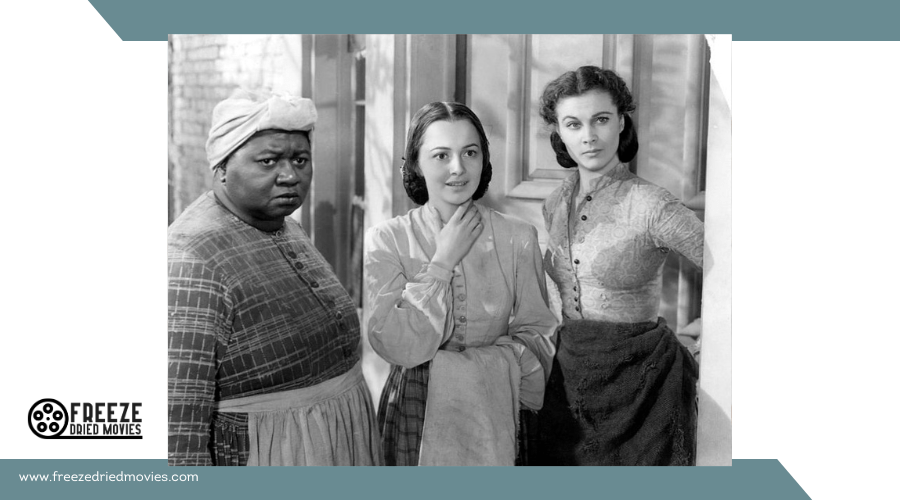The Top 1930s Animated Films: Disney's Golden Beginnings

When reflecting on 1930s animation, Disney's pioneering efforts signify a golden age, setting the stage for future cinematic advancements. Innovations like synchronized sound in *Steamboat Willie* and vibrant Technicolor in *Flowers and Trees* not only entertained audiences but also revolutionized the industry. Iconic characters, groundbreaking techniques, and the introduction of feature-length animated films such as *Snow White and the Seven Dwarfs* were pivotal during this transformative era. These elements made Disney's films profoundly influential, prompting responses from other studios like Fleischer and Warner Bros., who sought to compete with Disney's dominance.
Early Sound Cartoons
Early sound cartoons marked a revolutionary change in the animation industry, transforming simple silent shorts into dynamic audiovisual experiences. Max and Dave Fleischer's Song Car-Tunes (1924) were among the pioneers, introducing synchronized sound and predating Disney's iconic works. These early sound cartoons demonstrated how synchronized sound could enhance storytelling and character expression.
Oh Mabel, utilizing the Phonofilm technique, vividly showcased this potential by combining sound and visuals to create a richer experience. Around the same time, Paul Terry's Dinner Time employed post-synchronized sound. Although it didn't achieve the same acclaim as Disney's later works, it highlighted the shift towards sound animation.
Disney's Steamboat Willie in 1928, while not the first sound cartoon, was undeniably crucial in popularizing synchronized sound in animation. This innovation allowed animated shorts to evolve into more complex and engaging films, setting the stage for the Golden Age of animation—a period defined by significant advancements in the quality and creativity of animated shorts, cementing their place in cinematic history.
Iconic Characters Emerge
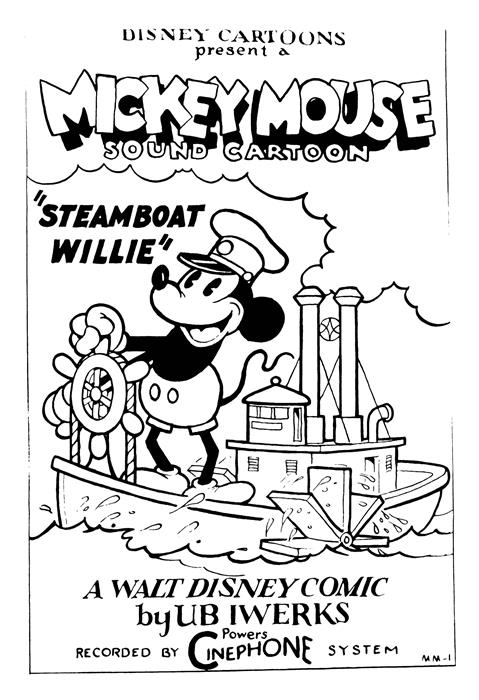
The 1930s saw the rise of iconic animated characters who redefined the genre and left an indelible mark on pop culture. Mickey Mouse, who debuted in *Steamboat Willie*, became the defining symbol of the Disney brand. At the same time, Betty Boop, with her flapper style and risqué appeal, emerged as a cultural icon. These characters not only entertained audiences but also set new standards in animation.
Mickey Mouse's Rise
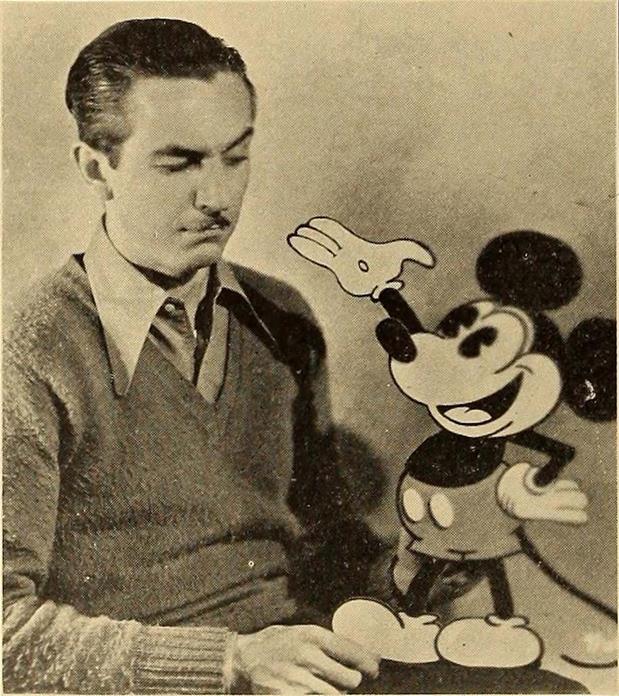
Amid the lively backdrop of the 1930s, Mickey Mouse's rise to stardom marked a significant moment not just for Disney, but for the entire animation industry. It all began when Walt Disney and Ub Iwerks introduced Mickey Mouse in the silent short film *Plane Crazy* in 1928. However, it was the release of *Steamboat Willie*, the first synchronized sound cartoon, that truly catapulted Mickey to fame, heralding the dawn of the Golden Era of Animation.
Mickey Mouse quickly became a cultural icon, symbolizing both the Disney brand and the animation industry. His success led to the creation of a vast franchise, including:
- Merchandise: From toys to clothes, Mickey's image was ubiquitous.
- Comic strips: Extending his adventures beyond the screen.
- Animated shorts: Classics like *The Band Concert* (1935) captivated audiences.
Mickey's popularity paved the way for other beloved characters such as Donald Duck, Goofy, and Pluto, expanding Disney's animated universe. His enduring appeal not only solidified Disney's position in entertainment but also set the stage for the flourishing of animated storytelling, making Mickey Mouse an essential figure in animation history.
Betty Boop's Popularity
Betty Boop: Trailblazer of the 1930s
Among the many iconic characters that emerged in the 1930s, Betty Boop stands out as a trailblazer. Created by Max Fleischer, she made her debut in 1930 and quickly became synonymous with the flapper generation, embodying the spirit of the 1920s and early 1930s through her jazz-infused persona. Her animated shorts often featured jazz music, portraying her as a strong, independent figure who challenged traditional gender roles.
Betty Boop's appeal was undeniable. With her distinctive bobbed hair, large eyes, and curvy figure, she became an instant cultural icon. Starring in over 100 animated shorts, notable titles like "Minnie the Moocher" (1932) showcased her musical talents and solidified her status in popular culture. Betty's character was a refreshing departure from the norms, embodying independence and femininity in a way that resonated with audiences.
Despite the evolving censorship standards of the 1930s, Betty Boop remained beloved. However, stricter content regulations eventually led to her decline in popularity by the late 1930s. Nonetheless, Betty Boop's legacy as a pioneering animated character endures, influencing generations of animation and pop culture.
Technicolor and Color Animation
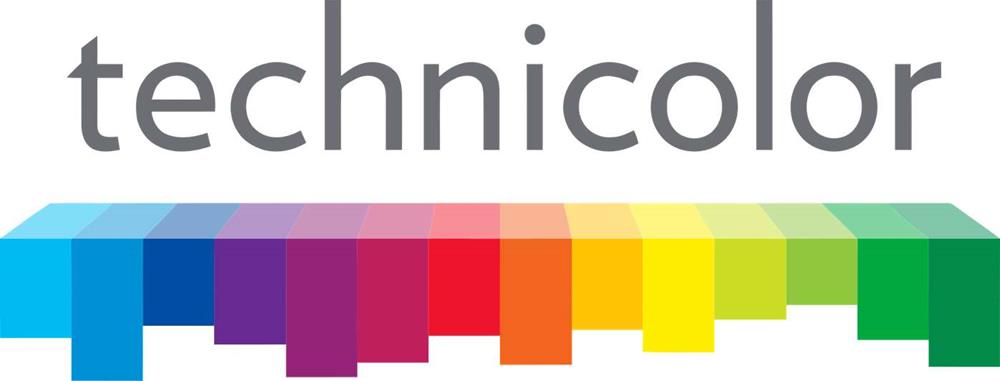
Discussing 1930s animated films necessitates highlighting the revolutionary influence of Technicolor and evolving color techniques. From Ub Iwerks' *Flip the Frog* to Disney's *Flowers and Trees*, color animation significantly enhanced the visual appeal and narrative depth of cartoons. By 1935, Disney's complete adoption of color technology breathed new life into characters, captivating audiences and establishing new industry benchmarks.
Technicolor's Early Impact
Technicolor's introduction to animation was revolutionary, dramatically enhancing the visual appeal of animated films. The journey began with Ub Iwerks' *Flip the Frog* in 1930, and shortly after, *Fiddlesticks*, which was the first sound cartoon in primary colors using the two-strip color process, further elevating the animation experience. Disney quickly recognized Technicolor's potential, making history with *Flowers and Trees* (1932), the first animated film to win an Academy Award, thanks to the vibrant Technicolor three-strip process.
Technicolor did more than just add color; it fundamentally changed storytelling and character expression in animation. By 1935, Disney had fully embraced color production, ushering in an era of visually stunning films that captivated audiences globally. The advancements in color animation during the 1930s enabled:
- More dynamic storytelling – Color facilitated richer narratives and more immersive settings.
- Enhanced character expression – Animators could bring characters to life in unprecedented ways.
- Industry-wide influence – The success of Disney's Technicolor films encouraged other studios to innovate.
Technicolor's early impact set the stage for the evolution of animated films, transforming the industry and delighting audiences worldwide.
Evolution of Color Techniques
The 1930s marked a pivotal era in the evolution of color animation, fundamentally transforming cinematic history. The journey began with Ub Iwerks' *Flip the Frog* in 1930, an early effort to infuse animated shorts with more vibrancy. That same year, *Fiddlesticks* debuted as the first color sound cartoon, employing a two-strip color process and paving the way for further advancements in the field.
A significant breakthrough occurred in 1932 with Disney's *Flowers and Trees*, the first animated short to use the Technicolor three-strip process. This innovation enabled richer, more vivid colors, significantly enhancing the visual experience of animation. The success of *Flowers and Trees* not only set a new industry standard but also reinforced Disney's reputation as a pioneer in animation technology.
Disney's Animation Techniques
Disney's groundbreaking animation techniques in the 1930s transformed the industry and set new standards for filmmakers. One of the most revolutionary advancements was the introduction of the multiplane camera in 1937, initially showcased in *The Old Mill*. This innovative device allowed multiple layers of artwork to be filmed separately, creating a remarkable sense of depth that brought animated films to life in a way never seen before. Disney Animation's clever use of this technology set them apart from their contemporaries.
Sound synchronization, introduced in *Steamboat Willie* (1928), was another game-changer. By perfectly matching sound effects and music with character actions, Disney improved audience engagement and set a new industry standard. This technique became a staple in Disney's animated films, enhancing their appeal and entertainment value.
Additionally, the Technicolor process, first used in *Flowers and Trees* (1932), greatly improved the visual appeal of animated films by adding vibrant colors and more realistic imagery.
These advancements, along with realistic character designs and creative storytelling, cemented Disney Animation's legacy in the 1930s.
Snow White's Influence
View this post on Instagram
Pioneering the domain of animated feature films, *Snow White and the Seven Dwarfs* (1937) set a new standard for animation and transformed audience perceptions of the medium. As the first feature-length animated film, *Snow White* demonstrated that animation could tell a compelling, full-length story, not just short cartoons. Its massive success at the box office, grossing over $8 million, made it the highest-grossing sound film of its time, proving the viability of animated features and paving the way for future projects.
*Snow White* introduced pioneering techniques that became industry standards. The use of the multiplane camera created a sense of depth and realism, enhancing visual storytelling in unprecedented ways. These innovations captivated audiences and showcased the artistic potential of animation. The film's memorable characters and songs, such as "Heigh-Ho" and "Someday My Prince Will Come," became cultural icons, influencing the musical format of future Disney films.
Receiving an honorary Academy Award in 1939 highlighted *Snow White*'s significance and impact on the film industry. It solidified Disney's reputation as a leader in animated storytelling, ensuring *Snow White*'s legacy would endure for generations.
Mickey Mouse's Rise
Mickey Mouse's Rise
Debuting with *Steamboat Willie* in 1928, Mickey Mouse swiftly became a beloved character and a cultural icon. Created by Walt Disney and Ub Iwerks, Mickey wasn't just an animated figure; he was a revolutionary presence in animation. As Mickey transitioned from the initial rubber-hose animation style to a more detailed and lifelike depiction, he highlighted the technological progress in animation during the 1930s.
Key elements in Mickey Mouse's rise include:
- Animated Shorts: After *Steamboat Willie*, Mickey starred in numerous shorts, such as *The Band Concert* (1935), which not only entertained audiences but also advanced animation techniques.
- Merchandise and Media: Mickey's popularity resulted in extensive merchandise, comic strips, and theme park attractions, cementing his status as a cultural icon.
- Cultural Impact: As the mascot of The Walt Disney Company, Mickey Mouse became one of the most recognizable characters in animation history, embodying Disney's magic and creativity.
Walt Disney's innovative vision and Mickey Mouse's timeless appeal transformed him into a global symbol of joy and imagination.
Fleischer Studios' Contributions
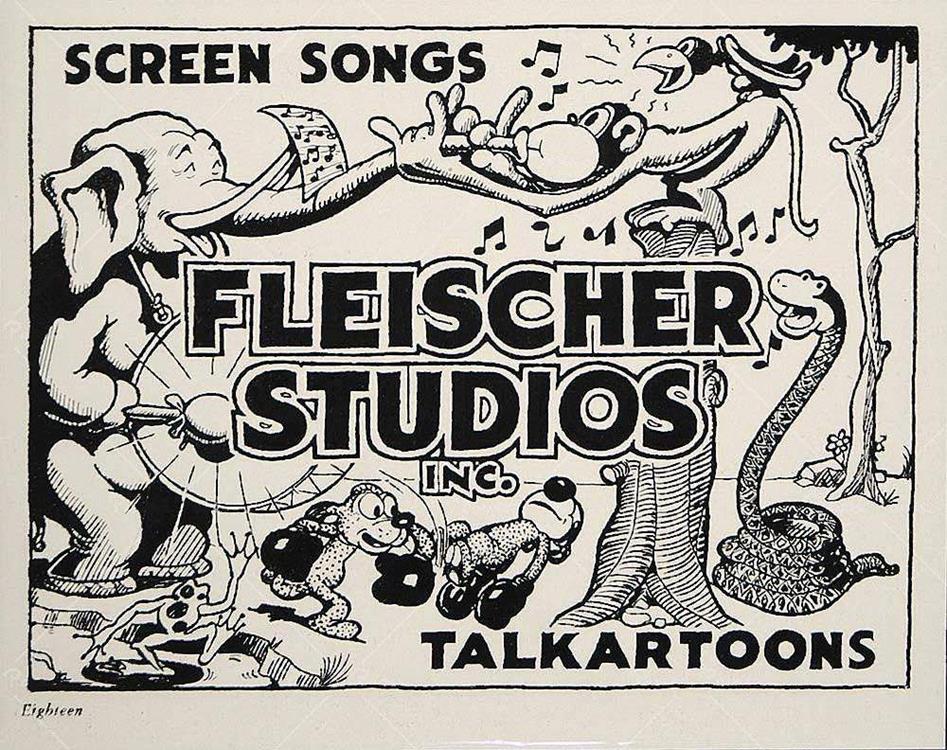
While Mickey Mouse was captivating audiences worldwide, Fleischer Studios, founded by brothers Max and Dave Fleischer, was emerging as a formidable competitor to Disney in the 1930s. Known for its innovative animated shorts and characters, the studio made significant contributions to the animation industry. Fleischer Studios introduced the first animated sound cartoon with their 1924 *Song Car-Tunes*, which integrated synchronized audio into animation, a groundbreaking achievement at the time.
In 1930, Fleischer Studios introduced Betty Boop, an iconic character who quickly became a cultural phenomenon. Embodying the flapper spirit of the Jazz Era, Betty Boop's charm and sass made her a beloved figure. The studio also created the popular *Popeye the Sailor* cartoons, which featured unique character designs and slapstick humor that resonated deeply with audiences during the Great Depression.
Fleischer Studios was a pioneer in animation techniques, notably utilizing rotoscoping to create fluid, lifelike motion. This method was exemplified in their 1939 film *Gulliver's Travels*. Their innovative techniques set them apart and left a lasting legacy in the animation industry.
Warner Bros. Innovations
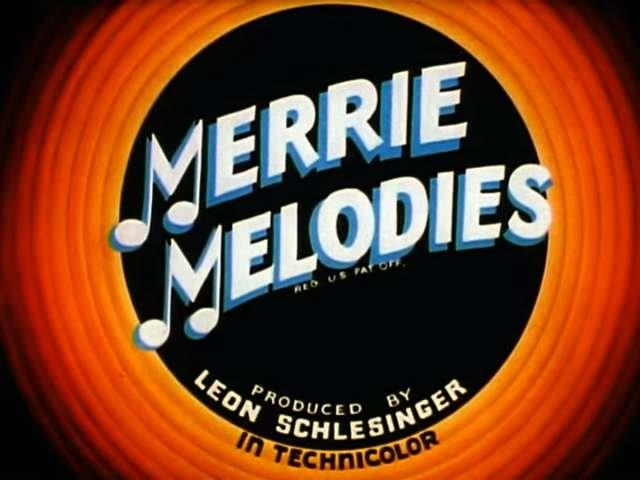
In the 1930s, Warner Bros. made groundbreaking innovations in character design and animation technology. They introduced iconic characters like Porky Pig and Daffy Duck and pioneered synchronized sound in their "Looney Tunes" series. Their "Merrie Melodies" also set a new standard by integrating popular music into animation, enhancing the viewer experience.
Character Design Evolution
In the 1930s, Warner Bros. revolutionized character design with exaggerated and expressive features, leading to the creation of iconic figures like Bugs Bunny. Their major innovation was the use of rubber-hose animation, characterized by flexible limbs and exaggerated movements, as seen in "Porky's Duck Hunt" (1937), which allowed for dynamic and fluid character actions.
Warner Bros. further distinguished itself by adopting anthropomorphism, endowing animals with human traits and personalities. Daffy Duck, introduced in 1937, exemplifies this approach with his zany behavior and distinctive design, making him instantly recognizable and beloved.
Here are three key ways Warner Bros. transformed character design:
- Exaggerated Features: Characters like Bugs Bunny had distinct, expressive features that set them apart.
- Rubber-Hose Animation: Flexible, dynamic movements brought characters to life.
- Anthropomorphism: Animals with human traits created unforgettable personalities like Daffy Duck.
Technological Advancements
Warner Bros. significantly advanced animation technology in the 1930s, shaping the industry's future alongside their revolutionary character designs. While Walt Disney focused on heartwarming narratives, Warner Bros. emphasized technological innovations that defined the Golden Age of Animation. They pioneered synchronized sound in their cartoons, building on the success of "The Jazz Singer" (1927). This breakthrough enabled the creation of iconic characters like Porky Pig and Daffy Duck with integrated sound.
Warner Bros. also adopted limited animation techniques, allowing for quicker, cost-effective production—a crucial strategy during the Great Depression. Their distinctive "screwy" animation style, characterized by zany antics and slapstick humor, differentiated them from Disney's more sentimental approach.
The introduction of Technicolor in the early 1930s, notably with "Lady, Play Your Mandolin!" using the two-strip color process, enhanced the visual appeal of Warner Bros. cartoons. They innovatively incorporated music and popular culture references into their storytelling, resonating with contemporary audiences and contributing to the rise of cultural icons like Bugs Bunny. These technological advancements by Warner Bros. played a pivotal role in defining the Golden Age of Animation.
Iconic Characters Emergence
During the 1930s, Warner Bros. introduced a lineup of iconic characters that revolutionized animated storytelling. Unlike Walt Disney films, which leaned towards wholesome family themes epitomized by "Snow White and the Seven Dwarfs," Warner Bros. brought a more irreverent and edgy approach to their animations. Characters like Daffy Duck and Porky Pig were at the forefront, setting new standards for humor and character-driven narratives.
Warner Bros. innovations in the 1930s significantly contributed to the evolution of animation through:
- Innovative Use of Sound: The synchronized dialogue and sound effects, especially with characters like Daffy Duck, set a new benchmark for comedic timing in cartoons.
- Focus on Humor: The early Looney Tunes series emphasized humor and unique character personalities, resonating deeply with audiences and differentiating from Disney's often sentimental films.
- Character-Driven Narratives: Warner Bros. animations featured more complex and engaging storylines, allowing characters like Porky Pig to become cultural icons.
This distinctive style diversified the animation landscape and laid the groundwork for future animated series and films. Warner Bros.' success in the 1930s solidified their place as critical contributors to American pop culture, contrasting sharply with the more traditional themes of Disney's animated offerings.
MGM's Animated Shorts

MGM's animated shorts made a significant impact in the 1930s animation landscape, introducing iconic characters and captivating audiences with high-quality productions. If you've ever enjoyed the antics of Tom and Jerry, you've experienced the charm of MGM's animated shorts. Created by William Hanna and Joseph Barbera in 1940, this duo quickly became a staple of the studio's offerings. Prior to Tom and Jerry, MGM also made waves with its "Happy Harmonies" series, known for its musical themes and innovative animation techniques, showcasing the studio's dedication to creativity and quality.
MGM's animation department was celebrated for its lush visuals and high production values, often rivaling Disney. The studio's commitment to excellence was evident. For example, "The Cat Concerto," a Tom and Jerry cartoon from 1947, won the Academy Award for Best Animated Short Film, highlighting MGM's influence on the industry. These shorts frequently featured memorable characters and catchy musical numbers, ensuring their lasting appeal. So, next time you watch an animated classic, remember the significant contributions of MGM's animated shorts to the golden era of animation.
Lasting Legacy of 1930s Animation
The legacy of 1930s animation is transformative, laying the groundwork for the animated films and characters we cherish today. Disney's *Snow White and the Seven Dwarfs* (1937) not only broke box office records during the Great Depression but also demonstrated that animation could be a legitimate and profitable genre in cinema. Innovations from this period still resonate, influencing the Disney Renaissance and modern animation.
Key contributions of the 1930s to animation include:
- Pioneering Techniques: Disney's use of synchronized sound in *Steamboat Willie* and the introduction of Technicolor in *Flowers and Trees* revolutionized animation, enhancing storytelling and visual appeal.
- Character Development: Transitioning from rubber-hose animation to more realistic portrayals, Disney created iconic characters like Mickey Mouse, setting a standard for future character development.
- Illusion of Depth: The multiplane camera in *Snow White and the Seven Dwarfs* introduced an illusion of depth, adding a three-dimensional feel to animated scenes and enriching the viewer's experience.
The 1930s fundamentally shaped the animation landscape, making it a cornerstone of the genre's history.




